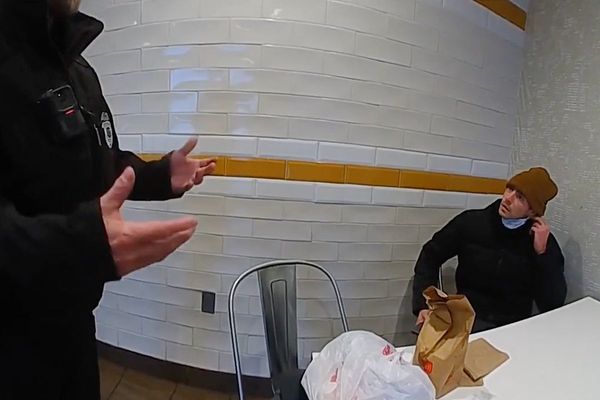
Is it good? Is it bad? These are the questions surrounding the blocking mechanics in College Football 26, and for good reason. When it comes to the developer/publisher’s past in creating American football games, EA Sports has often dropped the ball when it comes to pass protection and run blocking. Which is wild in and of itself, considering how important blocking is in the sport and how good blocking is almost always a prerequisite for success on the gridiron, at least on the offensive side.
In College Football 25, blocking was admittedly one of the weaker aspects of an otherwise very strong game. Since the release of College Football 26, many have pondered how improved blocking is over its predecessor. And to be fair, some have pointed out that it has gotten better, despite many still thinking it needs more work.
Luckily for us laymen, a reputable content College Football 26 content creator has put blocking under the microscope, and has provided pointers for how to get the most out of it this year.
Content Creator Zan Breaks Down How Blocking Works In College Football 26
If you were to ask some random person on X or Reddit about blocking in College Football 26, you’d probably get a whole bunch of different answers ranging from “it’s good” to “it’s trash.” But according to content creator Zan — who you should totally subscribe to — it’s not that the blocking in the game is bad. Instead, it just takes a bit more effort than it has in years past. In a video published to his YouTube channel on July 8, Zan went in-depth on how blocking works in CFB 26, and how any kind of pre-snap change can negatively affect it if you don’t make further adjustments after the fact.
Let’s provide an example. In some passing plays, your running back or tight end won’t have a route to run. Instead, they’ll strictly be on the field to add further block protection for the quarterback. Because of this, they will have a set blocking pattern/strategy that works in tandem with the offensive line. However, if you change anything about a running back or a tight end’s assignment for that play, you are merely changing it for them individually — the offensive line isn’t getting the memo that either of these players’ assignment has been modified, which could leave massive holes in your o-line for a defense to exploit.
As an example, Zan shows what can happen if a running back has a blocking assignment by default, but is hot-routed to do something else. The results are exactly as you would expect: The o-line is overwhelmed by the four-man rush the defense sends, and one of the defenders gets in untouched for an easy sack. However, that doesn’t mean you can’t hot-route the running back in this situation — it simply means that you need to give your offensive line further instructions to fill the void.
So, instead of just sending the running back on his route and leaving the o-line to figure it out on their own, Zan shows that swapping the offensive line’s protection to “empty protection” solves the issue.
Final Verdict
To the people who have an issue with blocking in College Football 26, we now have video evidence that blocking works just fine in the game. Is it perfect? Of course it isn’t, this is a video game. That said, if you are approaching things tactically and making adjustments whenever you need to, the blocking will work more often than not.







